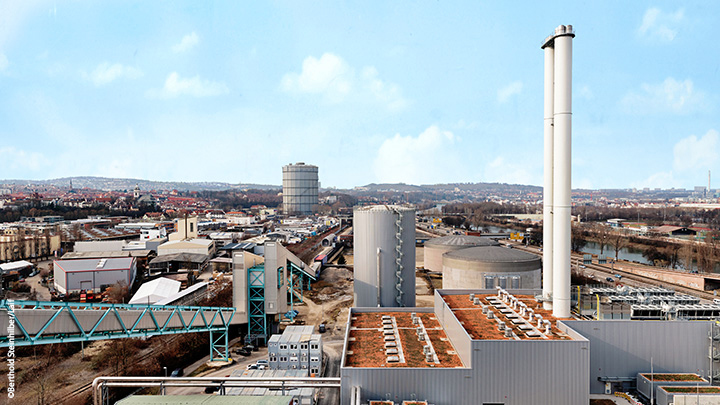From German industry to global politics – concrete steps to combat climate change
Climate change is a challenge that goes beyond borders, age and income. Yet, we need a change of mindset in the industry to reach our climate goals. Matthias Zelinger, energy policy expert from the German Mechanical Engineering Industry Association, outlines mid- and long-term solutions, emphasizes the importance of political collaboration and explains why student protests against man-made climate change are a positive signal.
Mr. Zelinger, every Friday, students in Germany are going on strike for a climate-neutral future. What’s your opinion – is this a valid protest or should they just go back to school?
First of all, I think this shows we’ve come a long way. There were years when energy transition was eyed suspiciously. Now we’re seeing thousands of students taking to the streets, saying, “We’re the next generation, we want you to make an effort, because we’ll have to pay for your mistakes in the long run!” That’s a level of awareness and commitment that clearly wasn’t there before.
The classic electricity sector is almost the simplest to decarbonize, because we have already come relatively far and we have a vision for the future.
How worried do German kids really need to be, regarding the energy transition?
We’re making our energy system much more climate friendly, but we’ve been focusing too much on electricity alone. We have to realize that there are several other relevant areas, including transport, heat, and industry. The classic electricity sector is almost the simplest to decarbonize, because we have already come relatively far and we have a vision for the future. We need an expansion of renewables, plus complementary gas-fired power plants, as well as a power grid expansion.
Apart from electricity, where else should we be focusing?
Currently, the major challenges are clearly in transportation and the building sector. These areas have been neglected in the past – and if we don’t take big steps here, we’ll miss the climate targets for 2030.
What do we have to do?
When it comes to heating, of course, combined heat and power (CHP) comes into play. In heat networks for residential buildings, and wherever there are heat applications in an industrial context, it is a hugely efficient technology. The advantage is that a CHP solution gets a very high yield from natural gas, which is already a very climate-friendly fuel.
We also have the option to run it on a renewable gas like hydrogen or artificial methane produced from renewable electricity. But we haven’t done enough in this sector for many years and there aren’t enough low-emission fuels in the system, so this is where we have to get started now

A new combined heat and power plant in Stuttgart-Gaisburg delivers a flexible, efficient and sustainable energy solution that also saves up to 60,000 metric tons of CO2 per year.
You think we need to look more into synthetic fuels and Power-to-X?
Definitely. Not only with regard to Germany but internationally! We’re going to see a big discussion about hydrogen reconversion and a hydrogen economy. We have to look beyond the home market, to stay ahead and keep up with what’s happening internationally.
Today we’re certainly ahead of the rest of the world, and the chances are good that we’ll stay ahead if we don’t miss our slot now. But we have to think more about investment and development cycles. And we need clear signals from politics, clear indications regarding the direction where research should be conducted, where research funding should go and what the important world markets are. Nothing will be developed only for a German energy transition. We need a much larger perspective – at least in Europe, if not the world market.
Will we need CO2 pricing or does emissions trading suffice?
As a basic principle, emissions trading is something fantastic, because it ensures that the emission prevention takes place at the most favorable point. Without a doubt that is the smartest way to conduct climate protection economically. But it has drawbacks. Fifteen years into the system, it’s clear that if we want to incentivize investments via a carbon price, we will have to predict that price, or the price development, better.
That’s the reason why the UK and France have already entered into CO2-minimum-price systems – and we see this as necessary, at least for the energy industry. If we want to become faster and more competitive, and make it easier to invest in the energy transition – and the aforementioned Power-to-X is a good example here – we need stabilization and a clear perspective.
The energy transition should not only be an electricity transition. The major challenges are currently clearly in transportation and in the building sector.
Explore more topics
MAN Energy Solutions is now Everllence.
We have adopted a new brand name and moved to a new domain: www.everllence.com. This page will also be relocated there shortly. We are working on shifting all pages to www.everllence.com.
